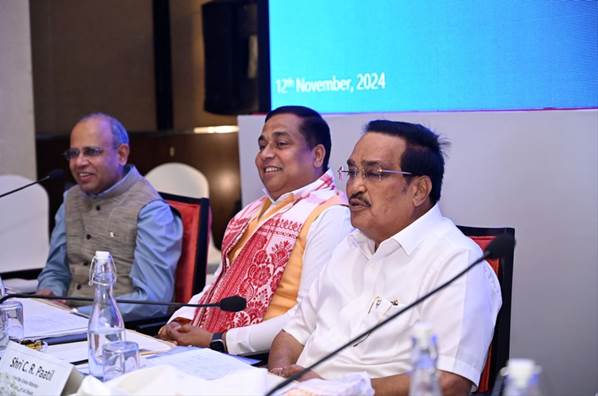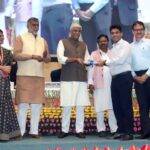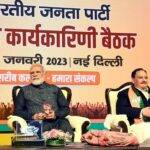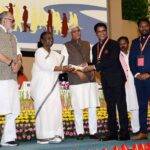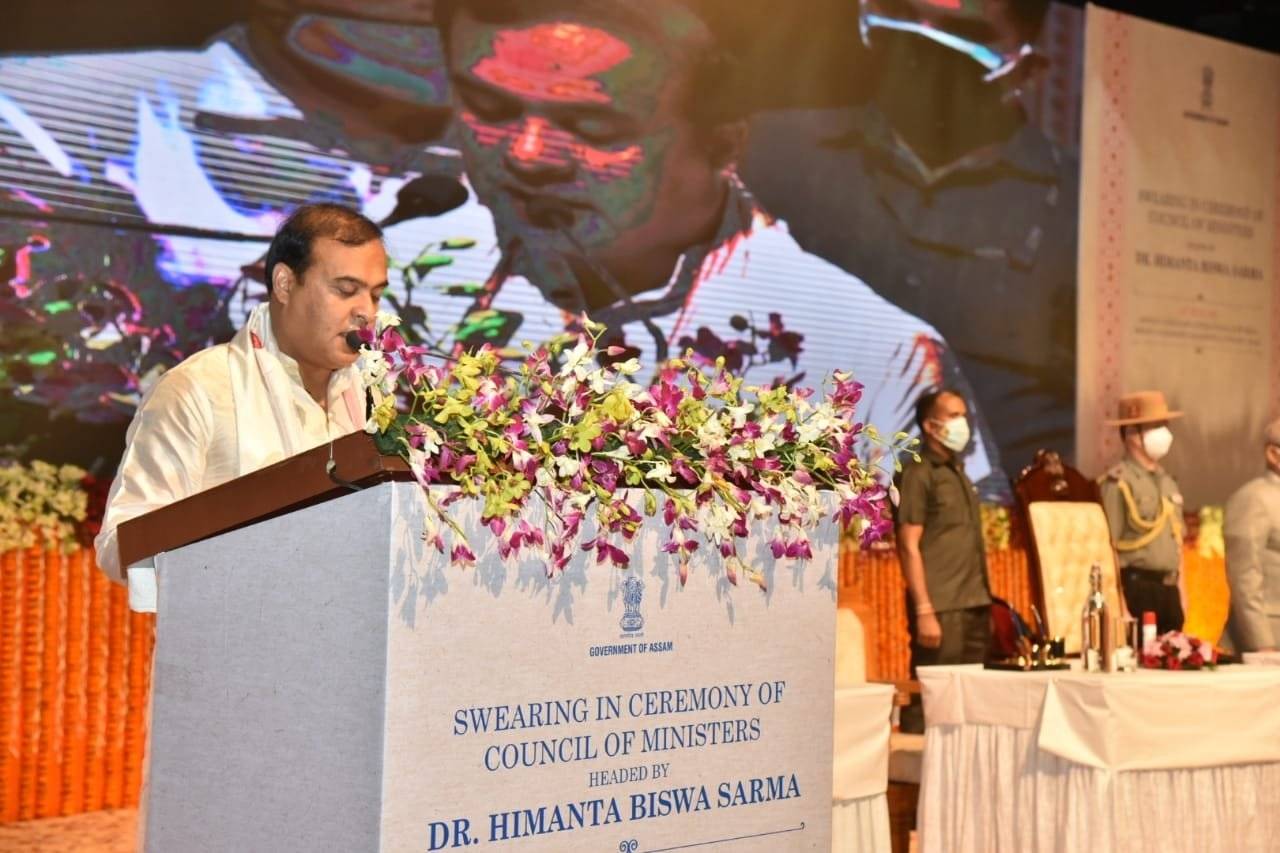New Delhi: A pivotal review meeting of the Swachh Bharat Mission-Grameen (SBM-G) in the North-Eastern (NE) region was held today in Guwahati, Assam, chaired by Hon’ble Minister of Jal Shakti, Shri C. R. Patil. The review showcased the strides made by the North-Eastern states, with 51% of villages achieving ODF Plus Model status. Sikkim emerged as a trailblazer with 100% coverage, followed by Mizoram (86%), Tripura (80%), and Assam (74%). Shri C.R. Patil lauded these achievements, stating, “The North-East, despite its unique challenges, exemplifies resilience and innovation in sanitation. With collective efforts, we can achieve Sampoorna Swachhata by March 2025.”
Key Highlights:
- 51% of villages in North-East declared ODF Plus Model, with Sikkim achieving 100% coverage.
- Minister of Jal Shakti emphasizes achieving Sampoorna Swachhata by March 2025.
- Focus on sustainable WASH asset management, fund utilization, and SLWM innovations.
- States urged to expedite processing of individual household toilet (IHHL) applications within next 30 days
The meeting started with the welcome address by Special Chief secretary Assam Sh Syedain Abbasi which was followed by the opening remarks of Hon’ble PHED Minister of Assam Sh Jayanta Mallabaruah. Hon’ble Ministers State Rural Sanitation from all the NE states. Secretary, Department of Drinking Water and Sanitation (DDWS), Shri Ashok Meena, along with JS&MD SBM-G, Secretaries and Mission Directors from the State participated in the high-level review of SBM-G held specifically for the NE states in Guwahati. The event highlighted the region’s commendable progress while addressing challenges to sustain the sanitation outcomes achieved under SBM-G Phase II.
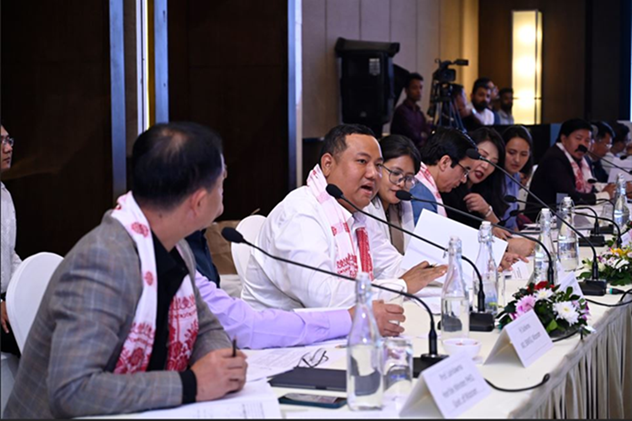
Focus Areas and Key Challenges
The meeting identified areas requiring immediate attention like Sustainable solid and liquid waste management (SLWM), Functionality of WASH assets like Community Sanitary Complexes and Plastic Waste Management units, Fund utilization and submission of pending utilization certificates to unlock tied grants, Effective faecal sludge management (FSM) policies aligned with urban sanitation strategies.
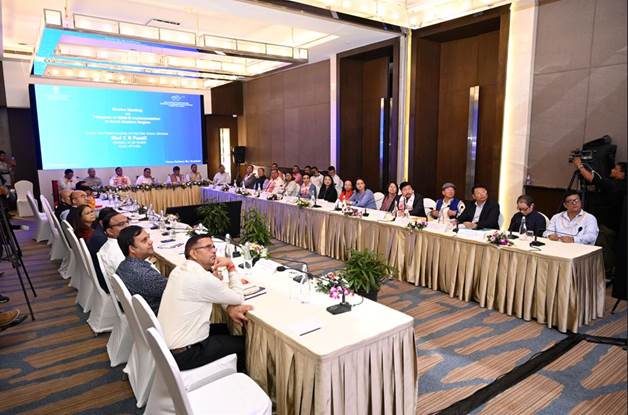
Shri C.R. Patil, emphasized targeted solutions to various important issues and addressed processing of pending individual household toilet (IHHL) applications within 15 days, to conduct monthly District Water and Sanitation Mission (DWSM) meetings to ensure progress monitoring, leverage community engagement through self-help groups, youth, and local organizations for awareness and behavior change, and prepare for World Toilet Day 2024 under the campaign Hamara Shauchalay: Hamara Samman.
Secretary, DDWS, highlighted, “The convergence of resources and collaboration among states and local bodies is key to sustaining SBM-G’s impact. The North-Eastern states are setting an example for the rest of the country in community-driven sanitation models.”
Participants were encouraged to adopt innovative waste management practices while integrating traditional approaches. States were also urged to strengthen training for retrofitting and sustainable asset management, ensuring that all created assets are fully functional and impactful.
With the target of achieving ODF Plus Model status for all villages by March 2025, the review reiterated the importance of timely action and focused strategies. The Hon’ble Minister concluded, “Let us ensure the progress achieved over the past decade is not only sustained but elevated, making the North-East a shining example of rural sanitation for the nation.”


